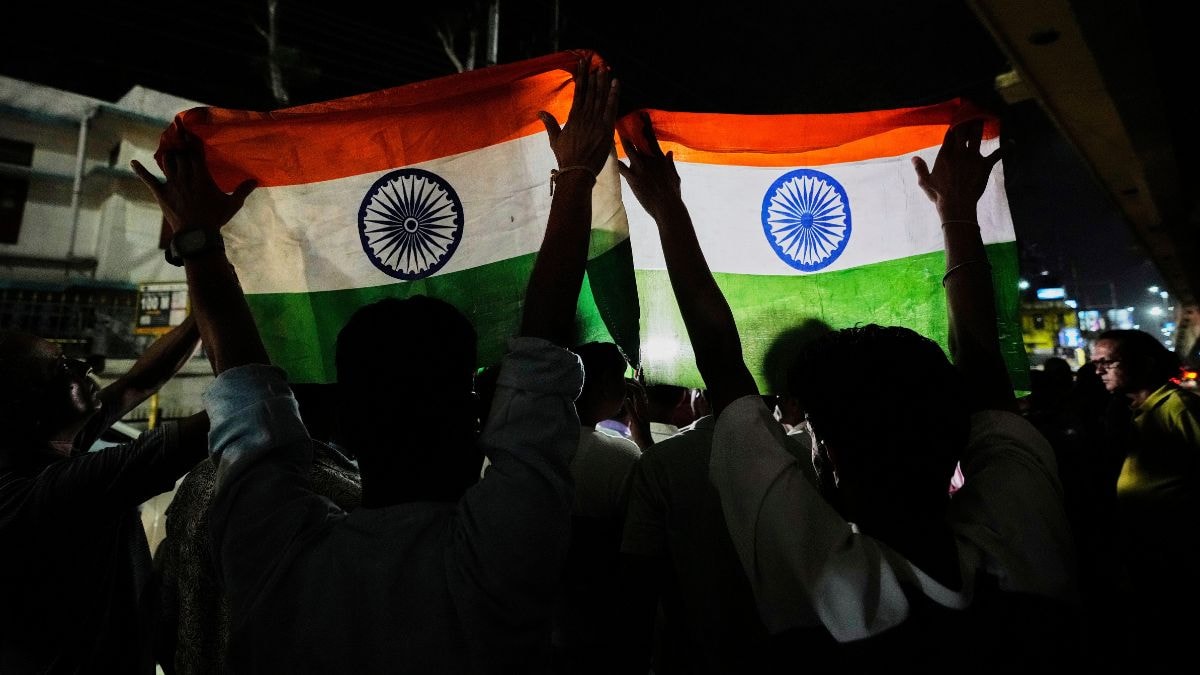The latest World Bank data reveals the starkly different paths India and Pakistan have taken since independence in their fight against poverty. While India has made massive strides in poverty reduction, Pakistan continues to struggle amid rising debt and a deep state-driven terror policy.read more
The latest World Bank data paints a striking picture of two neighbours born together — India and Pakistan — and their vastly different journeys in tackling poverty.
India’s data, released on Saturday, compares poverty levels between 2011–12 and 2022–23. For Pakistan, the
report analyses
the period from 2017–18 to 2020–21. The release comes at a time when India has overtaken Japan to become the world’s fourth-largest economy, while Pakistan made headlines last month for seeking yet another bailout from the IMF to stay financially afloat.
While India’s success is largely credited to its governance model focusing on development and poverty alleviation, Pakistan’s worsening
economic
plight stems from misappropriation of funds and its long-standing policy on terror.
Revised global poverty line
Taking inflation into account, the World Bank has
updated its global poverty threshold
from $2.15 to $3 per person per day, in order to assess the proportion of people living above the ‘extreme poverty’ line.
According to the World Bank’s Poverty and Shared Prosperity report, despite this upward revision in the threshold, India witnessed
a sharp decline
in extreme poverty – from 27.1 per cent in 2012 to 5.3 per cent of the total population in 2022.
The report notes that 75.24 million people in India were living in extreme poverty during 2022–23, a significant drop from 344.47 million in 2011–12. This means that 269 million individuals – more than Pakistan’s entire population – were lifted out of extreme poverty in just 11 years.
Pakistan’s worsening poverty
In contrast, Pakistan’s numbers paint a bleak picture. Extreme poverty rose from 4.9 per cent to 16.5 per cent between 2017 and 2021 – in less than five years. Experts suggest the real figures could be even higher, owing to the outdated Household Income and Expenditure Survey used by the Pakistani government.
Furthermore, the overall poverty headcount – calculated at $4.2 per person per day – increased from 39.8 per cent in 2017 to over 44.7 per cent in 2021.
A debt-ridden economy
Pakistan’s economy has become heavily dependent on loans from global financial institutions and allied nations. It has taken 25 IMF bailout packages amounting to $44.57 billion, in addition to $38.8 billion in loans from the World Bank, Asian Development Bank, and Islamic Development Bank.
On top of that, Pakistan owes over $25 billion to China, $7.8 billion through instruments like Eurobonds and Sukuks, and has received several billion more from countries like Saudi Arabia, the UAE, and members of the Paris Club.
Lack of transparency in Pak and their obsession with India
Despite receiving such extensive financial support, Pakistan has been repeatedly criticised by international institutions for its lack of transparency in fund allocation.
Islamabad and Rawalpindi’s persistent obsession with India, and their habitual comparisons with New Delhi, have resulted in massive funds being funnelled to the military.
This military, in turn, operates with a long-standing doctrine of “bleeding India with a thousand cuts” – promoting asymmetric warfare by funding terror networks, building terror infrastructure, and supporting cross-border attacks through various extremist outfits.
Pak deep state: De-facto power holder
In Pakistan, an informal coalition of the military and intelligence agencies (primarily the ISI) operates beyond civilian accountability and holds de facto control over political, security, and foreign policy decisions.
This nexus supports terrorism and engages in a proxy war with India. Backing terror has long been a cornerstone of its strategy against New Delhi. Whenever India responds with decisive action, Rawalpindi uses the situation to consolidate internal power and strengthen its footprint in the country.
The ISI is deeply intertwined with extremist groups, including the Taliban, Lashkar-e-Taiba (LeT), Jaish-e-Mohammed (JeM), and the Haqqani Network. For decades, it has funded, trained, and sheltered these groups – deploying them as proxies in Afghanistan and Jammu & Kashmir.
